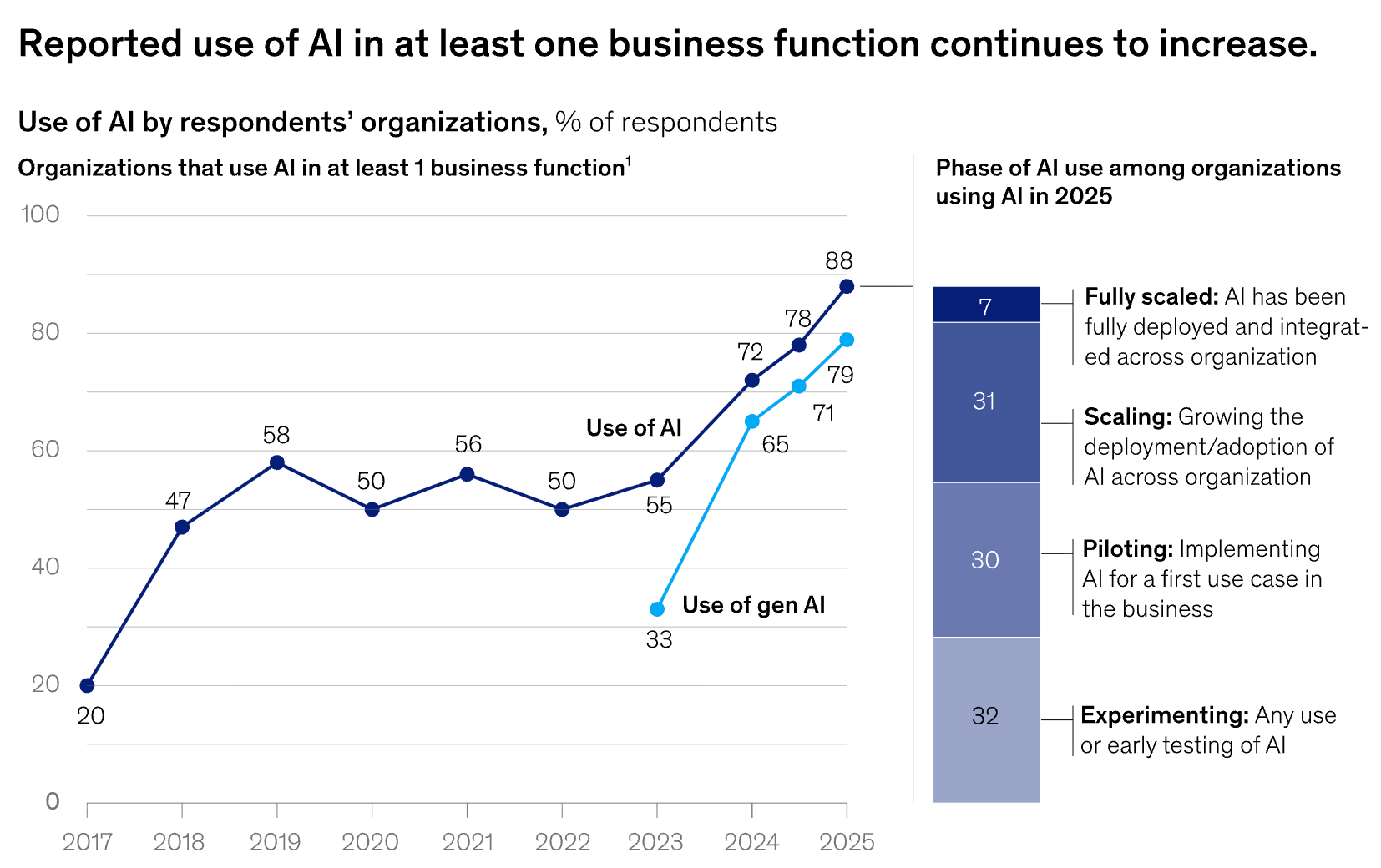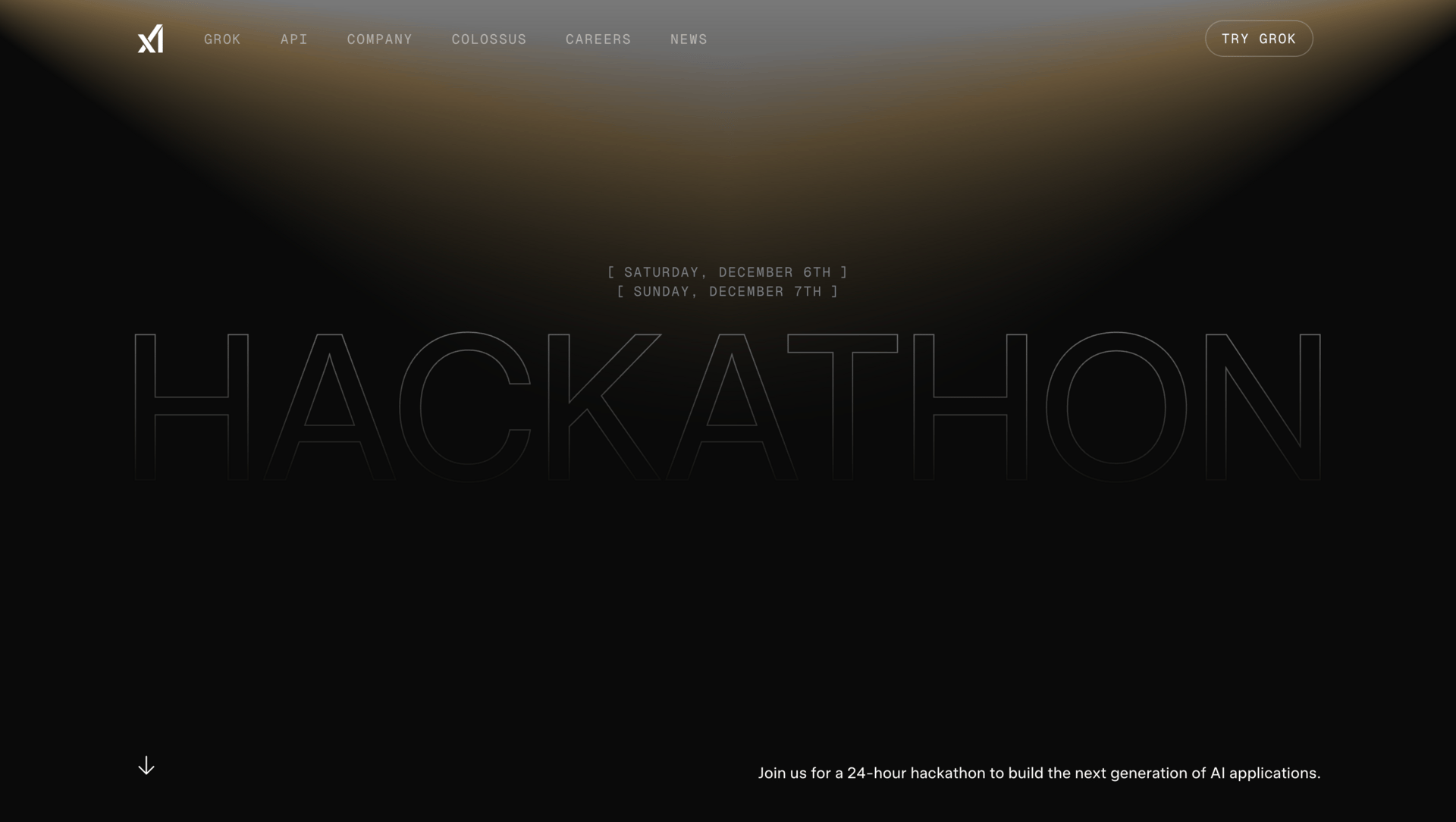- Neural Pulse
- Posts
- From Words to Worlds: Spatial Intelligence Is AI’s Next Frontier
From Words to Worlds: Spatial Intelligence Is AI’s Next Frontier
Fei-Fei Li argues that while today’s AI excels with words, true intelligence demands understanding space...
Hey there 👋
We hope you're excited to discover what's new and trending in AI, ML, and data science this week.
Here is your 5-minute pulse...
But first, a quick message from our partner 👇
The Simplest Way to Create and Launch AI Agents and Apps
You know that AI can help you automate your work, but you just don't know how to get started.
With Lindy, you can build AI agents and apps in minutes simply by describing what you want in plain English.
→ "Create a booking platform for my business."
→ "Automate my sales outreach."
→ "Create a weekly summary about each employee's performance and send it as an email."
From inbound lead qualification to AI-powered customer support and full-blown apps, Lindy has hundreds of agents that are ready to work for you 24/7/365.
Stop doing repetitive tasks manually. Let Lindy automate workflows, save time, and grow your business
print("News & Trends")
Image source: McKinsey'
McKinsey's latest survey reveals that while 88% of organizations are integrating AI into at least one business function, a mere third have scaled these initiatives enterprise-wide. Notably, 62% are experimenting with AI agents, yet only 23% have moved beyond pilot stages. High-performing companies are leveraging AI not just for efficiency but also to drive growth and innovation. However, only 39% report significant EBIT impact, underscoring the challenges in capturing AI's full value.

Image source: Google
Google Research unveils Nested Learning, a novel machine learning framework that structures models as interconnected, nested optimization problems to combat catastrophic forgetting in continual learning scenarios. This paradigm integrates model architecture and optimization processes, enabling components to update at varying rates and enhancing computational depth. The team introduces "Hope," a self-modifying architecture leveraging Nested Learning principles, demonstrating superior performance in language modeling and long-context memory management compared to existing models.

Image source: TED
Fei-Fei Li argues that while today’s AI excels with words, true intelligence demands understanding space, perception, and interaction. She introduces “world models,” generative systems capable of imagining, reasoning, and acting within 3D environments. Through World Labs’ work on platforms like Marble, Li envisions a future where AI enhances human creativity, robotics, and scientific discovery by bridging imagination with physical reality—a step toward machines that genuinely comprehend the world they inhabit.
xAI Hackathon: Build the Future of AI (2 min. read)

Image source: xAI
Mark your calendars for December 6–7, 2025, as xAI hosts a 24-hour hackathon in the SF Bay Area. Participants will gain exclusive access to upcoming Grok models and X APIs, offering a unique opportunity to develop cutting-edge AI applications. The top five projects will be showcased on xAI's X account, with the top three receiving special awards. Expect a fully stocked environment with sleeping bags, screens, ample food, energy drinks, and coffee to fuel your creativity. Applications are open until November 22, 2025, and are reviewed on a rolling basis.

Image source: Moonshot AI
Kimi K2 introduces a novel approach to reinforcement learning (RL) parameter updates, significantly reducing update times from 10 minutes to just 20 seconds. This efficiency leap is achieved through the Checkpoint Engine, a high-performance solution that streamlines the RL training process. By optimizing parameter updates, Kimi K2 enhances the scalability and responsiveness of RL models, paving the way for more agile and efficient machine learning applications.
print("Applications & Insights")The Art of Lean Governance: The Cybernetics of Data Quality (5 min. read)
In today's data-driven world, viewing data governance through a cybernetic lens—focusing on feedback, control, and adaptation—is essential. This approach transforms static policies into dynamic, self-correcting systems. Key components include sensors (profiling tools) to detect anomalies, actuators (reconciliation workflows) to address errors, and regulators (business glossaries) to guide alignment. Embracing this cybernetic framework enables organizations to manage data quality proactively, ensuring stability and success in complex digital ecosystems.
LLM-As-Judge: 7 Best Practices & Evaluation Templates (5 min. read)
Monte Carlo delves into the effectiveness of using Large Language Models (LLMs) as evaluators for AI outputs, acknowledging their imperfections but highlighting their utility in detecting performance degradations over time. They share a real-world incident where their Monitoring Agent, guided by LLM-as-judge evaluations, identified a subtle yet impactful issue in monitor recommendations. The article outlines seven best practices to enhance LLM-as-judge evaluations, including few-shot prompting, step and criteria decomposition, structured outputs, and providing explanations. It also addresses challenges like evaluation costs and flaky assessments, emphasizing the importance of observability across the data and AI lifecycle. Monte Carlo's insights offer a comprehensive guide for teams aiming to implement reliable LLM-as-judge evaluations in their AI monitoring processes.
MCP for All of Your Databases: Giving AI Tools Access to Your Data (5 min. read)
This guide breaks down how to connect AI tools like Cursor or Claude directly to databases using the Model Context Protocol (MCP). It explains how MCP standardizes communication between agents and systems, replacing custom APIs with a unified framework. With Google’s MCP Toolbox for Databases, you can spin up servers for Postgres, MySQL, BigQuery, or MongoDB using simple YAML configs, enabling seamless querying and analysis from your AI workspace.
Automatic Code Reviews With OpenAI Codex (Video)
In this tutorial, OpenAI shows how to integrate Codex directly into your engineering workflow as an automated code reviewer. Powered by GPT-5, this isn't just static analysis. The model understands full repo context, forms hypotheses, and runs its own tests to find meaningful bugs. It's designed to scale human verification as AI-generated code increases, running on PRs or locally via CLI to catch issues before they're ever committed.
print("Tools & Resources")TRENDING MODELS
text-generation
openai/gpt-oss-120b
⇧ 2.8M Downloads
A community-driven replication of OpenAI's GPT-3 model, featuring 120 billion parameters. It serves as a research tool for exploring large-scale language model architectures and their applications.
image-to-video
tencent/HunyuanWorld-Voyager
⇧ 496 Downloads
Developed by Tencent, this model generates video sequences from static images, supporting over 20 languages. It leverages advanced 3D scene generation techniques to create dynamic visual content.
text-to-speech
microsoft/VibeVoice-1.5B
⇧ 218K Downloads
Microsoft's VibeVoice-1.5B converts text into natural-sounding speech in multiple languages, including English and Chinese. It's designed for applications like podcasts and virtual assistants.
text-generation
meituan-longcat/LongCat-Flash-Chat
⇧ 25K Downloads
Meituan's LongCat-Flash-Chat is a conversational AI model optimized for generating human-like text responses. It utilizes a transformer architecture to engage in dynamic and context-aware dialogues.
sentence-similarity
google/embeddinggemma-300m
⇧ 19K Downloads
Google's embeddinggemma-300m is designed for measuring sentence similarity and extracting text features. It aids in tasks like semantic search and clustering by providing high-quality text embeddings.
TRENDING AI TOOLS
🔍 Parallel Search: AI-powered search tool for seamless data exploration and discovery.
🔍 Gemini File Search: Quickly find files across Google Workspace with powerful search capabilities.
🗄️ SQL Arena: Interactive platform to practice and enhance SQL skills.
print("Everything else")Microsoft explores the path to humanist superintelligence by integrating ethical considerations into AI development.
SudokuGPT-5 introduces advanced AI techniques to solve complex Sudoku puzzles with improved accuracy and efficiency.
Time magazine explores the development of its AI agent, detailing its creation and potential impact on journalism.
That’s it for today!
Before you go we’d love to know what you thought of today's newsletter to help us improve the pulse experience for you.
What did you think of today's pulse?Your feedback helps me create better emails for you! |
See you soon,
Andres


